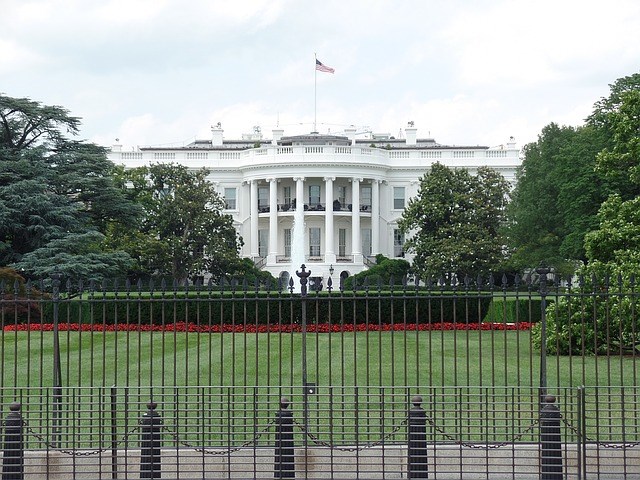Canada’s neighbour to the south has always provided quirkiness when it comes to politics. There’s the Electoral College, which essentially turns the presidential ballot into 51 first past the post contests that may, as was the case in 2000 and 2016, lead to a candidate receiving more votes and losing. There’s also the fact that the House of Representatives is renewed every two years, something Canadians are compelled to do only in the event of minority mandates.
Immediately after Donald Trump’s Electoral College win in 2016, intense criticism was directed at the polling industry. While most surveys had predicted a victory for Hillary Clintonin the popular vote category (including one I designed and conducted myself), waking up to an electoral map where the Republicans unexpectedly controlled several states that were assumed to be in Clinton’s column was flabbergasting.
n the end, the explanation focused on two issues: the absence of last-week data in states like Michigan, Pennsylvania and Wisconsin, where it was assumed that the electorate would not move; and an over-reliance on turnout models that projected a larger proportion of Democratic party voters than what materialized at the polling stations.
Two years ago, Trump’s path to victory was paved in five states: Florida, Michigan, Ohio, Pennsylvania and Wisconsin. Barack Obamawon all of them as the Democratic party’s presidential nominee in 2008 and 2012. In 2016, all of these states chose Trump over Clinton. This year, these five states held statewide gubernatorial and U.S. Senate elections. Research Co.registered the voting intention of residents in the final weekend of the campaign, and the outcome delineates a silver lining for Democratic party supporters in 2020.
Florida has always been a problematic state for Democrats, dating back to the razor-thin margin of defeat for Al Goreversus George W. Bushin the 2000 presidential ballot. This year, a state that gave Trump a one-point edge over Clinton is providing roughly the same margin to Republican Ron DeSantisin the U.S. Senate race and a statistical tie in the gubernatorial race. Florida was not as kind to Democrats as some had guessed.
In 2016, Michigan was decided by less than a quarter of a percentage point in Trump’s favour. This year, both incumbent U.S. Sen. Debbie Stabenowand gubernatorial candidate Gretchen Whitmercomfortably won their races for the Democrats.
In Ohio, which Trump won by eight points in 2016, the verdict was mixed. Democratic U.S. Sen. Sherrod Brownwas easily re-elected, but Republican Mike DeWineis headed to the governor’s mansion.
Pennsylvania, a state Trump carried by less than one point over Clinton, saw one of the strangest gubernatorial campaigns of the season, where Republican challenger Scott Wagner– who made physical threats to incumbent Tom Wolfduring a campaign ad – was easily trounced. The U.S. Senate seat was also safely kept by incumbent Bob Casey Jr.for the Democrats.
Finally, Wisconsin – where Trump also won by less than 1% – saw an easy re-election for Democratic U.S. Sen. Tammy Baldwinand the defeat of former Republican presidential contender and incumbent Gov. Scott Walkerat the hands of Democrat Tony Evers.
Florida and Ohio have always been toss-ups – in Senate and presidential contests – and they maintained their status after the midterm election. Still, two factors explain the sizable drop in support for Republicans in Michigan, Pennsylvania and Wisconsin when compared with Trump’s numbers in 2016.
First, the midterm elections served as a referendum on the current president. Trump’s emphasis on immigration and the purported threat of “caravans” made little impact on voters located far from the U.S. border with Mexico and accustomed, by now, to his rhetoric.
A second and extremely important point is that sizable majorities of younger voters and women came out to support Democratic candidates, greatly undermining the chances of older voters allowing the Republicans to coast to victory. Many of these voters did not show up in 2016. Maybe they thought Trump’s victory would be impossible. Maybe they were not enthralled by Clinton as a presidential contender.
In any case, women and millennials in the United States chose to have their say this month and have placed the Democratic party in an enviable position. Whether he tweets it or not, the incumbent president is on the defensive, with a Democratic House of Representatives ready to hinder his every move, and his rivals electing governors and senators in three key states that amount to 48 votes in the Electoral College.
If the next presidential election were held tomorrow and the Democratic nominee – whoever it is – carried every state that went to Clinton in 2016 and took Michigan, Pennsylvania and Wisconsin from the Trump column, he or she would be president-elect. Ohio and Florida, while desired, would not be needed in 2020 to make Trump a one-term president. •
Mario Canseco is the president of Research Co.




